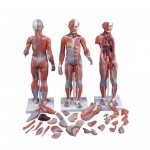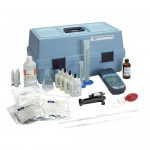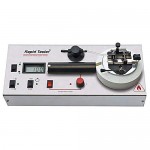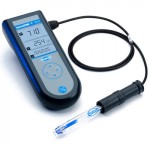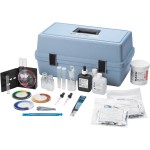
A common analytical technique for separating and analyzing volatile and semi-volatile chemicals in a mixture is gas chromatography (GC). Because it combines outstanding resolving power with speed and sensitivity, GC is a common analytical method. It's used in a variety of fields, including the environment, petroleum, chemicals, food & beverage, and pharmaceuticals.
Selecting, identifying, and quantifying chemicals in liquid samples is accomplished using high-performance liquid chromatography, a key technique in analytical chemistry analysis. A mobile phase, pump, injector, column, and detector make up an HPLC system.
Difference Between The chromatography and HPLC
The main difference between HPLC and GC is the type of mobile phase used, which is where the distinction in the names comes from. .. On the other hand, GC uses an unreactive or inert gas, also known as the carrier gas. The type of gas used depends on the method of detection at the end of the process
Fundamentals
| Term | Definition |
| Chromatography | Method for Separation |
| Chromatograph | Instrument for Chromatography |
| Chromatogram | Data of Chromatography |
Applications
| Industry | Type of Analysis |
| Pharmaceutical | Residual solvent analysis |
| Food and beverages | Component analysis, food safety analysis, halal analysis of alcohol |
| Environmental | Air, water, soil |
| Petrochemicals | Simulated distillation, component analysis |
| Chemicals | Material, poly |
| Energy and gas | Artificial photosynthesis research |
There are no application posts to list.


